When it comes to waterproofing concrete slabs, masonry walls, landscaping stone, exposed aggregate, clay brick, saltillo tile, stucco, colored concrete, stained concrete, natural stone and other porous substrates – Lifeguard Waterproofing Products are your best choice.
Question: Can Lifeguard 30 be applied on new concrete?
Answer: Yes, we recommend that Lifeguard be applied to concrete after the initial release of water or approximately 21 days after the pour. A smooth steel trowel finish will need to be slightly etched with Lifeguard’s new Efflorescence Remover.
Question: Are cleaners recommended to prepare the surface before applying the Lifeguard 30?
Answer: Yes, using Lifeguard’s new Concrete Cleaner & Degreaser will remove any contaminants from the surface. However, before application, allow the surface to dry and always test a small area to ensure penetration and aesthetics.
Question: What PSI should be used after applying Lifeguard Efflorescence Remover?
Answer: A minimum of 2000 PSI should be used to rinse the surface.
Question: Does Lifeguard 30 have a glossy appearance after it has been dried?
Answer: No, Lifeguard 30 is designed to have a matte finish. However, a slight enhancement of color will occur. Please note: A minimum of 24 hours must elapse to determine degree of enhancement.
Question: Can Lifeguard 30 be applied to colored concrete?
Answer: Yes, Lifeguard 30 can be applied to an integral colored concrete as long as any curing compounds are removed by power washing.
Question: Can Lifeguard 30 be used as a graffiti control?
Answer: Yes, Lifeguard must be applied in two coats at least 30 minutes between coats. Graffiti can be removed by pressure washing the surface up to two cycles.
Question: Can Lifeguard 30 protect against leaks in mortar joints?
Answer: Yes, the RTV Rubber in Lifeguard is very effective in sealing hairline cracks up to 1/16 of an inch. Any larger cracks should be caulked.
Question: After applying Lifeguard 30, can the surface be painted?
Answer: No, the liquid rubber in Lifeguard’s 30 Year Waterproofing Sealant will prevent paint from sticking to the surface.
Question: Will Lifeguard 30 make a surface slippery?
Answer: No, Lifeguard 30 Year Waterproofing Sealant is designed to penetrate into the surface. Please note: concrete paint, stains or sealers applied previously must be removed prior to the application to ensure adequate penetration.
Question: Can the Lifeguard 30 be applied over paint or concrete stain?
Answer: No, Lifeguard 30 Year Waterproofing Sealant needs a surface that is free of any previously applied paints, stains or sealers.
Question: Should Lifeguard 30 be used as an oil repellent?
Answer: No, we recommend that Lifeguard be used as intended. Any oil should be cleaned from the surface within a few days. If stains remain, use Lifeguard Concrete Cleaner & Degreaser to remove.
Question: Should I use Lifeguard 30 in a fishpond or birdbath?
Answer: No, it’s not intended to be used where hydrostatic pressure is present or if the surface will be submerged in water.
Question: Should Lifeguard Wet Look Gloss be applied to a hot surface?
Answer: No, the solvent in Wet Look Gloss will flash-off preventing proper adhesion of the product.
Question: Can I apply more than two coats of Wet Look Gloss?
Answer: Yes, however, make sure that your first coat is very light. Wait 60 minutes before applying the second coat. After an additional 60 minutes, determine if a third coat is necessary by testing an area.
Question: Can I add an anti-slip additive to Wet Look Gloss?
Answer: Yes, you can use Lifeguard Croc-Grip. Just make certain the guidelines are followed.

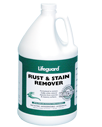
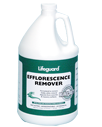

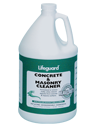
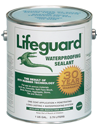

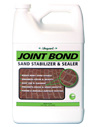
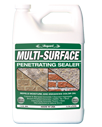
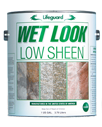
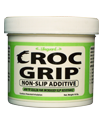


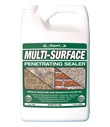

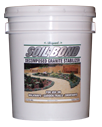
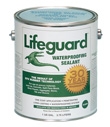


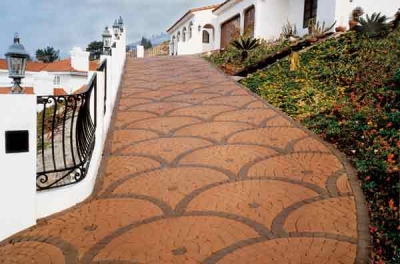
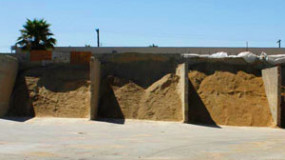


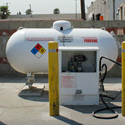

 2% charge on all credit cards except for debit and prepaid cards
2% charge on all credit cards except for debit and prepaid cards